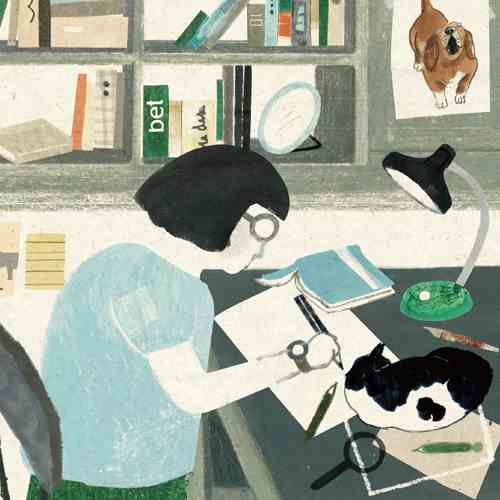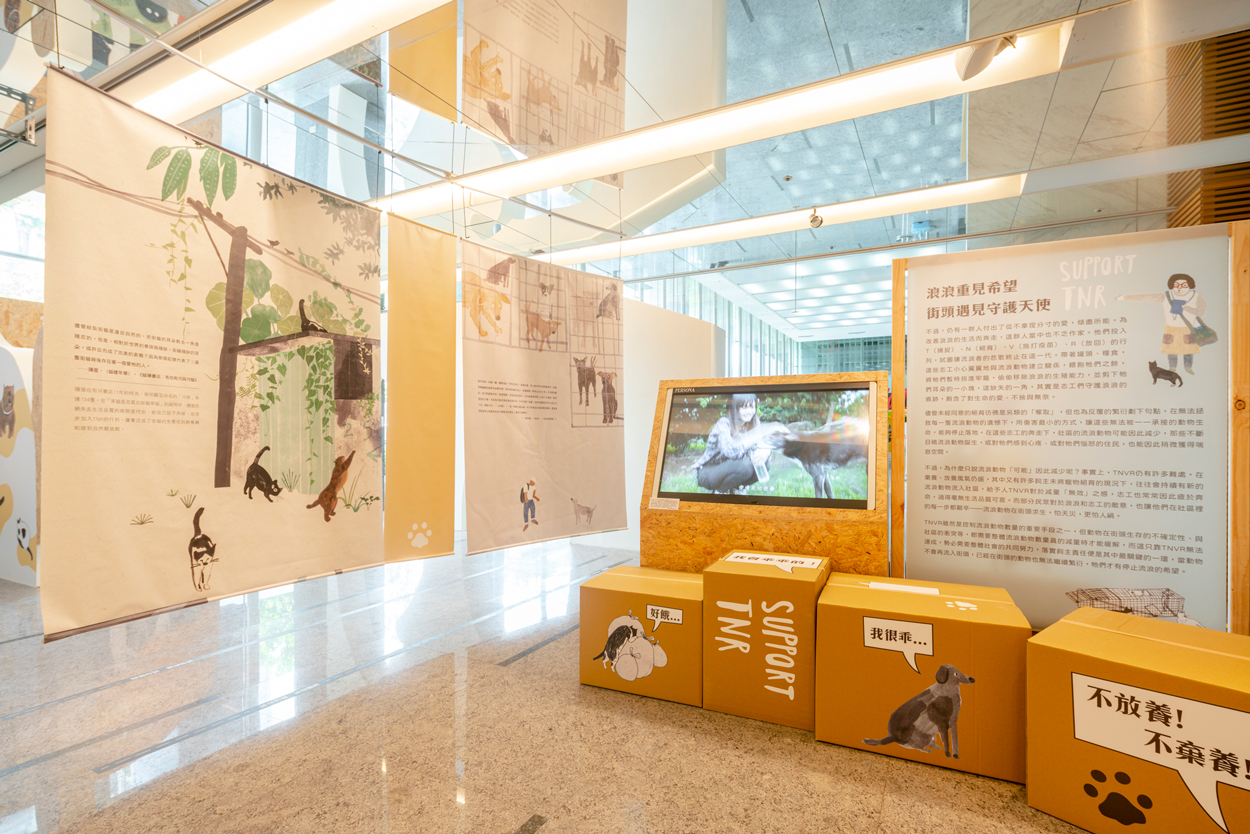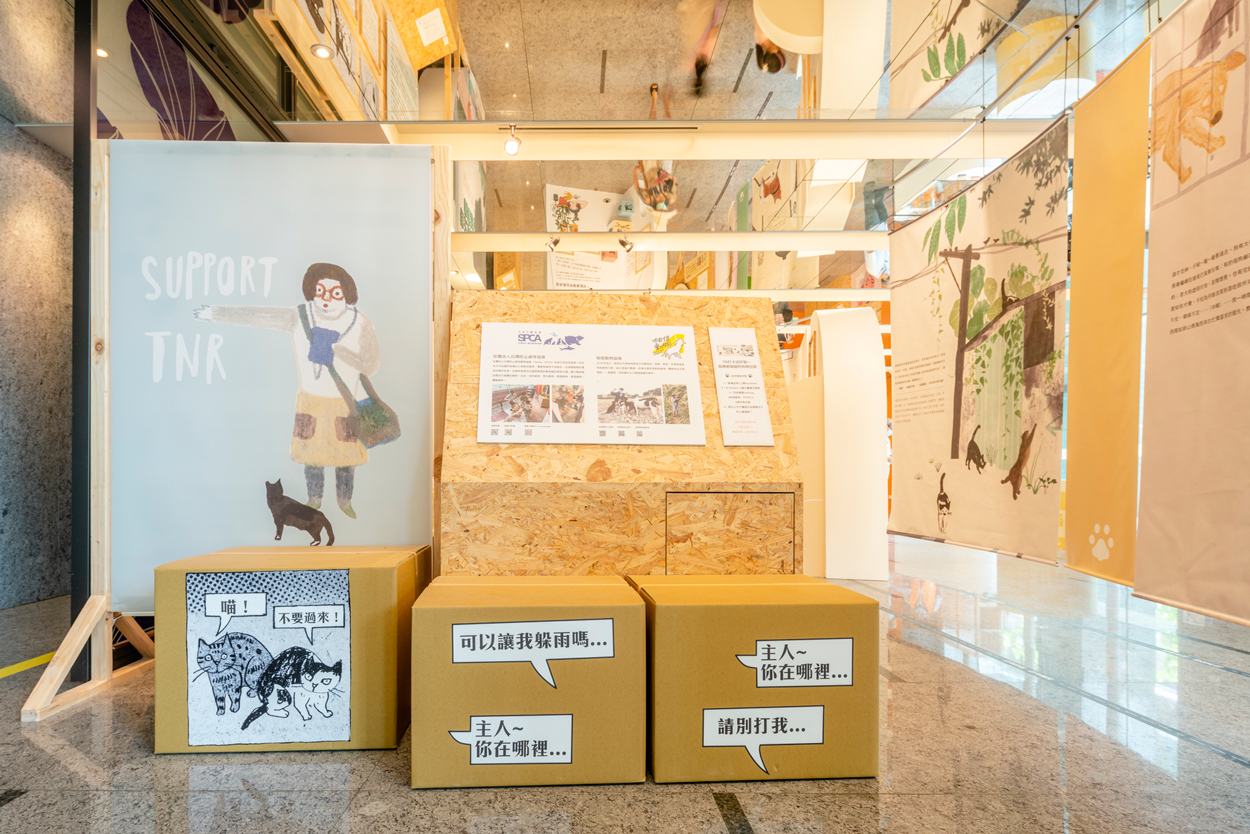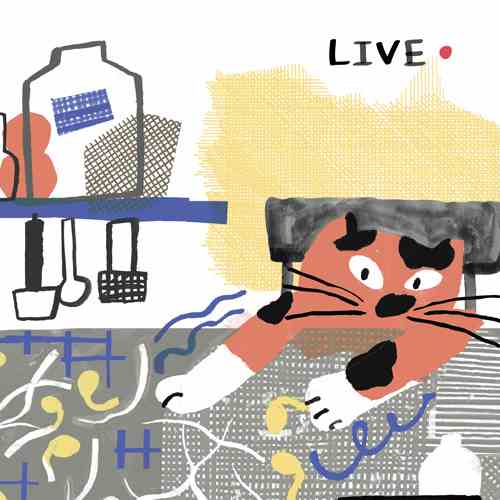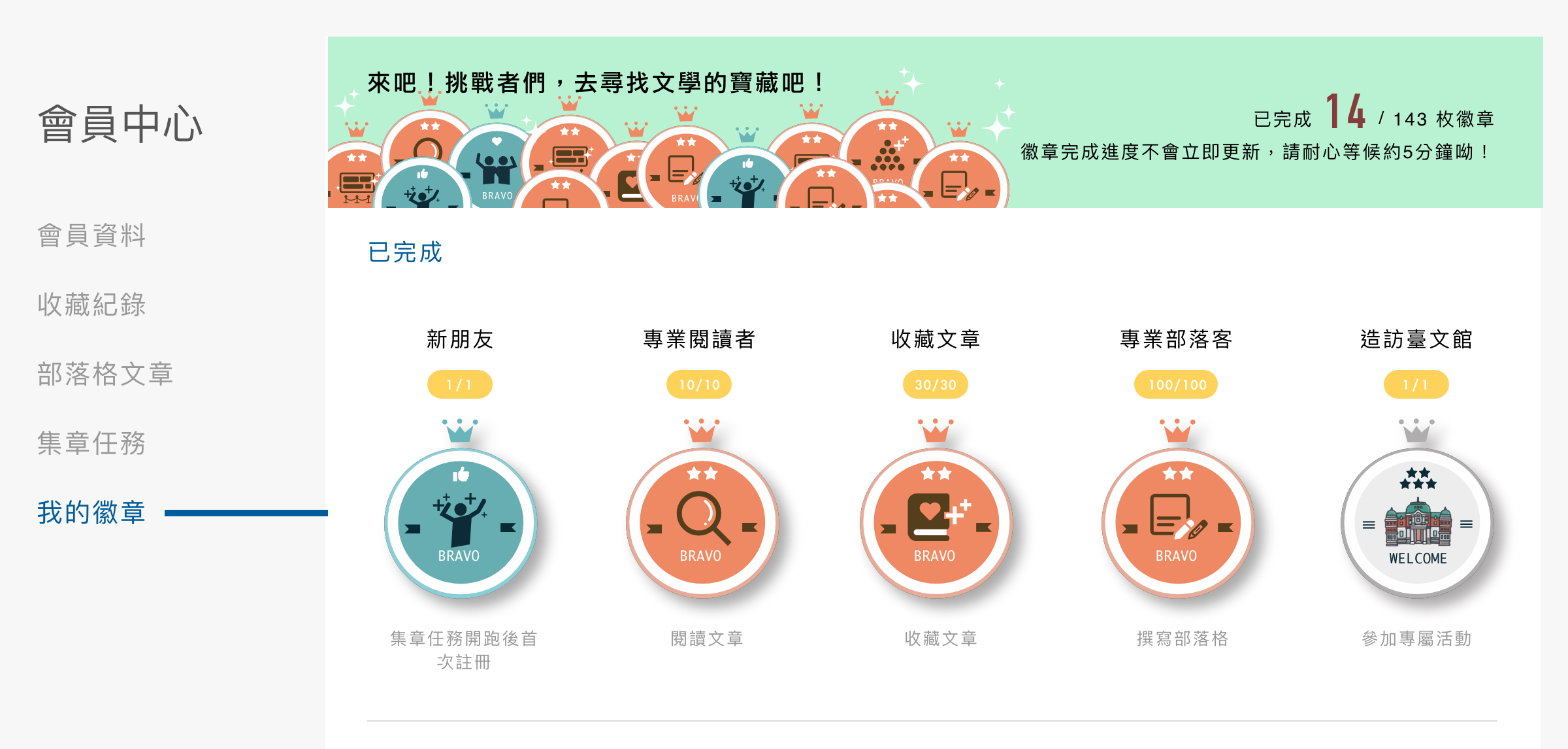Stray Animals in Desperate Straits: Harsh Streets and Crowded Shelters|Stray Animals See Hope Again : Guardian Angel on the Street|Acknowledgements

A street cat/dog is not protected by a family or a house. Some of them wander the streets, while others are sent into crowded shelters. However, some animal protection groups try to save these animals through such approaches as TNVR.
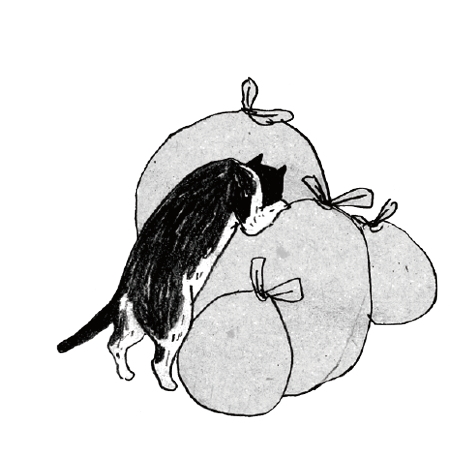
Stray Animals in Desperate Straits: Harsh Streets and Crowded Shelters
In contrast with the wonderful lives of pet cats and dogs, stray animals are faced with the predicament of "survival."
Some cats and dogs spend their most beautiful years in puppy and kitten mills. Once they are deemed useless, they will be abandoned. Without any survival skills, they might end up in deserted mountains or wander helplessly in traffic. Some of them procreate endlessly and still they cannot escape the fate of being abandoned. Suffering from hunger and harsh weather, their lives are obscured and the short lives they live will repeat again. If they are sent into animal shelters, they might be able to be shielded from bad weather, but these shelters are often too small and too crowded. Anxiety and commotion abound. It might actually be more stressful to live in a shelter than on the street.
Few writers as observers write about stray dogs and their hardship. Some writers also have experience in adopting a cat or dog. Writers stare into the animals' helpless eyes during the last moments of their lives and face the cruel fact that lives can only remain if they are chosen. This process of selection might not be a matter of life and death anymore, but the eyes of those left behind are unforgettable.
Stray animals' difficult lives make it hard for them to trust humans intuitively like those animals who are already living with nice families. Some of them might look forward to a home, but most of the time, they run away and stay adrift as if being astray was an unquestionable fact because they don't know if the people that want to adopt them might bring them even harsher challenges.
If it's a pet dog, it's normally chubby at this age and also the cutest and liveliest. It would run around and make a mess. If you casually throw a ball in its direction, it will treat the ball as a companion or an enemy: it would dodge or attack; it would be circling around the ball all day.
Stray dogs don't have such happy childhoods. Even if they do, their childhoods would be short. Most of the time, they probably are constantly thinking about how not to starve. They stay in mud holes all day to maintain their strength, trying not to be weaker.
—Liu Ka-shiang, "Wonderful Life in The Mountain," HILL OF STRAY DOGS
✤ Manuscript of "Poems about Stray Dogs"|These modern poems written by Li Kuei-hsien are divided into five parts: "Comparative Study on Dogs", "Dog Running in The Valley", "Dog Face", "Not A Fable", "A Dog's Encounters." Using dogs as the main theme, the poems describe what stray dogs are like and their stories in the city and the countryside.(From the National Museum of Taiwan Literature permanent collection/Donated by Literary Taiwan Magazine)

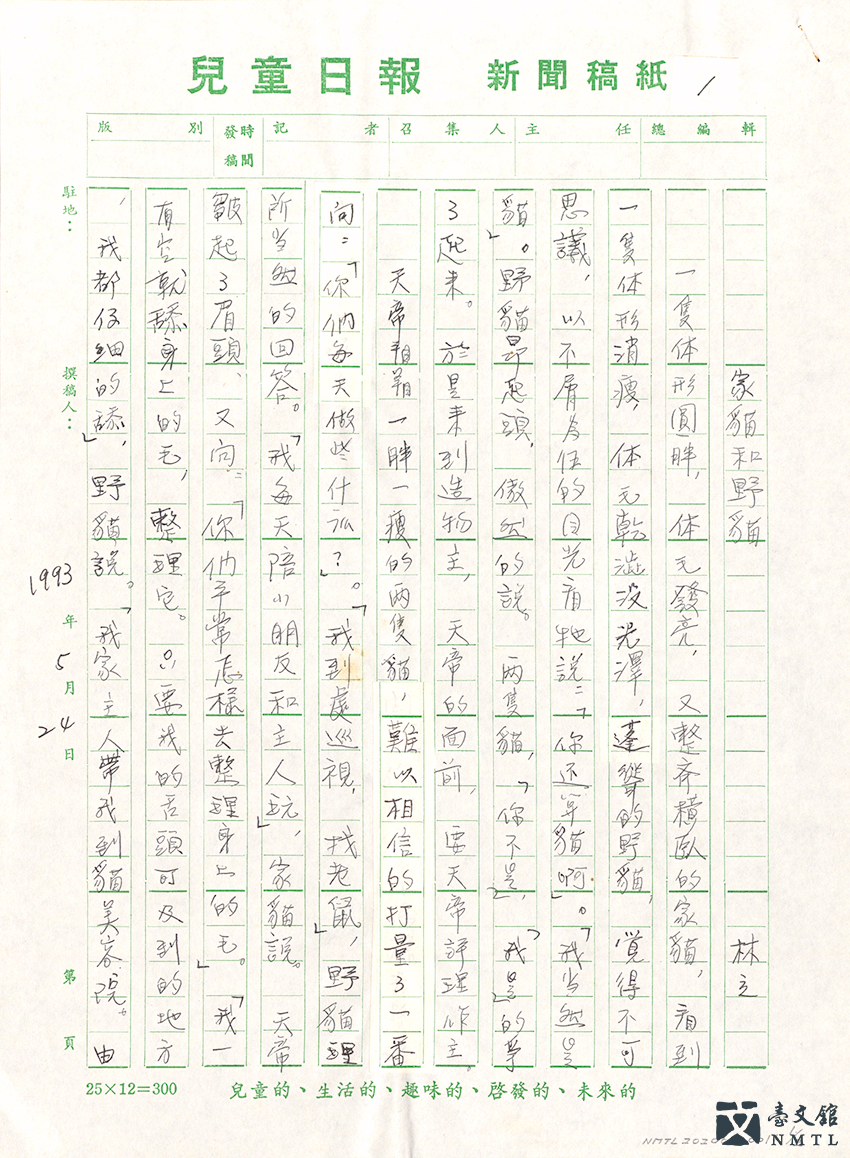
✤ Manuscript of "Pet Cats and Stray Cats"|This fairy tale written by Lin Li tells the tale of a chubby pet cat and skinny stray cat; the two cats argue about who the real cat is. They argue all the way to the Supreme Deity. The pet cat shows contempt for the stray cat. However, the Supreme Deity thinks that the pet cat has lost its ability to hunt and clean its own fur.(From the National Museum of Taiwan Literature permanent collection/Donated by Lin Li)

✤ Manuscript of "Dog Years"|Fangge Dupan witnessed a female dog being ruthlessly abandoned by its owner due to severe illness. She was the only person that saw the dog's last moment before she died. Many years later, the coming of the year of dog reminds her of the poor dog.(From the National Museum of Taiwan Literature permanent collection/Donated by Fangge Dupan)
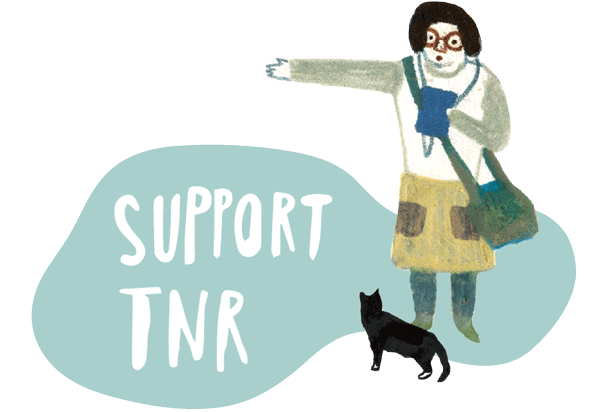
Stray Animals See Hope Again : Guardian Angel on the Street
However, there is a group of people trying their best with their unconditional love to help improve stray dogs' lives. These people also include writers. They join the effort of T (Trap) N (Neuter) V (Vaccinate) and R (Return), hoping that the tragic stories of stray animals can end in this generation. With canned food and kibbles, these volunteers carefully build relationships with stray animals. While feeding the animals, the volunteers lure them into crates temporarily and secretly neuter them. A corner of the ear is removed; this lost corner is a symbol of volunteers' protection, which is filled with the love for life, sympathy, and frustration.
Though neutering without consent seems to be a kind of "violation," it helps end repeated reproduction. While not all stray dogs can be saved, it is possible to stop these animals, most of which will not find a family, from coming to this world through the least harmful way. Through the volunteers' effort, the number of stray animals in the community can be reduced. For locals who continuously witness the birth of a stray animal and feel sorry for, or mad at, these animals, this might bring them some relief.
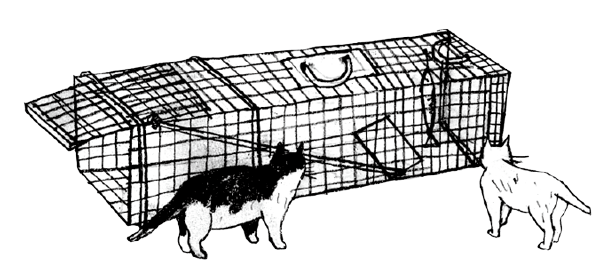 Yet, why is it said that the number of stray cats/dogs is only "likely" to decrease? In fact, there are many difficulties when carrying out TNVR. While there are still numerous incidents of animal abandonment and many owners fail to neuter their pets, there will only be more stray animals entering the community. Thus, this might give people the impression that TNVR is ineffective. Volunteers often work hard by sacrificing the quality of their life. Meanwhile, most people's hostility towards stray cats/dogs and volunteers only makes it harder. Stray animals grapple to survive on the streets. They are afraid of natural disasters as well as man-made calamities.
Yet, why is it said that the number of stray cats/dogs is only "likely" to decrease? In fact, there are many difficulties when carrying out TNVR. While there are still numerous incidents of animal abandonment and many owners fail to neuter their pets, there will only be more stray animals entering the community. Thus, this might give people the impression that TNVR is ineffective. Volunteers often work hard by sacrificing the quality of their life. Meanwhile, most people's hostility towards stray cats/dogs and volunteers only makes it harder. Stray animals grapple to survive on the streets. They are afraid of natural disasters as well as man-made calamities.
TNVR is one of the most important approaches to controlling the number of stray animals. However, the uncertainty regarding living on the streets for these animals and conflicts in the community can only be resolved through a substantial reduction of stray animals. This requires the effort of the whole society. Reiteration of pet owners' responsibilities is a crucial key to success. Only until pets no longer get abandoned and street animals no longer get to reproduce will there be hope for an end to animal homelessness.
Neutering street cats is not natural, while removing a corner of a street cat's ear is cruel; yet, compared with the brutality and imperfections of the world, the imperfect ears of street cats might actually be symbols of perfection? It is because that symbol represents that there is someone out there that loves this cat.
—Yin Ni, "The Golden Cat Years," CAT BOOKSHOP: GOODBYE YOU HE AND ITS CATS
Yin Ni took care of and named 134 cats while working at You He Bookshop for 11 years. While unsure of "whether or not pet cats are happier than street cats," Yin Ni refused to sacrifice the quality of his life with unconditional kindness and set a boundary for himself. He gradually joined the TNR program, making the bookstore an all-you-can-eat restaurant for street cats and a hotel that allowed them to sleep in for as long as they wanted.
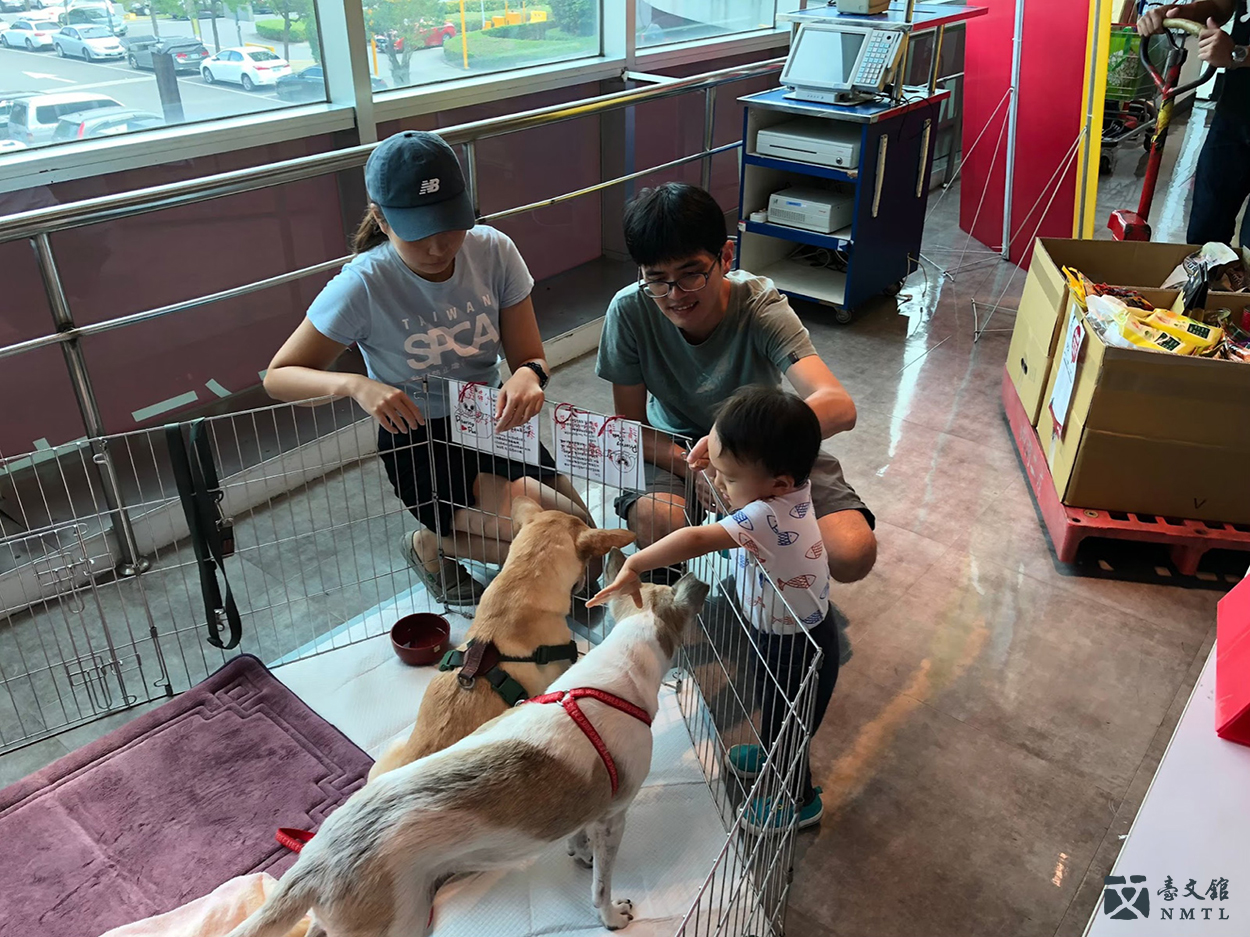
(Provided by Taiwan Society for the Prevention of Cruelty to Animals)
Taiwan Society for the Prevention of Cruelty to Animals
Taiwan Society for the Prevention of Cruelty to Animals (Taiwan SPCA) aims at treating animals with kindness in accordance with the law so that incidents of animal abuse will not happen again, and the pain and torture suffered by animals can be reduced. The organization's goal is to introduce to Taiwan animal welfare concepts in line with international standards and to help animals that cannot speak for themselves: including companion animals, wild animals, economic animals, show animals, and animals used in experiments.
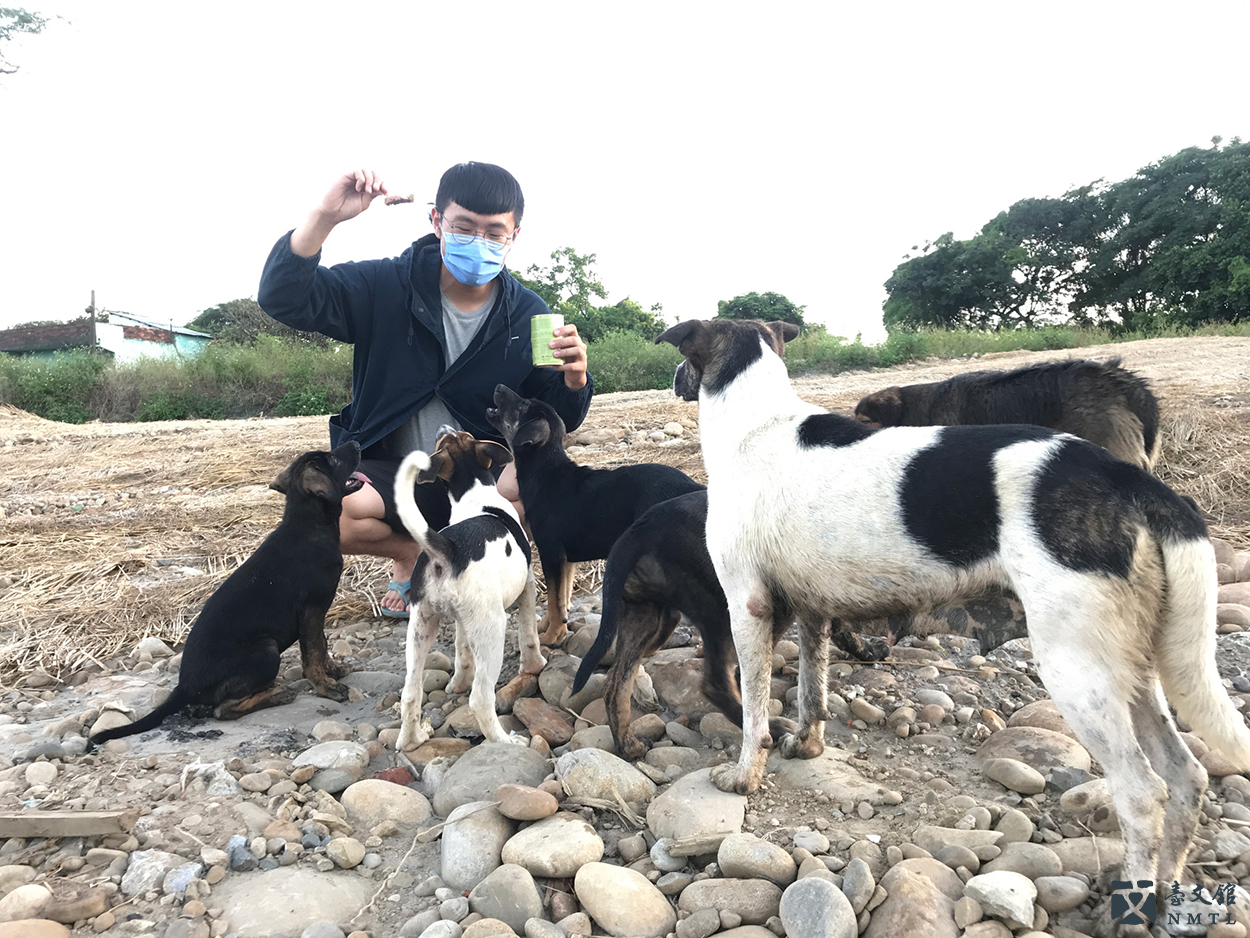
(Provided by Faith for Animals)
Faith for Animals
Founded in 2016, Faith for Animals provides free services for transporting female dogs in the greater Taipei area, as well as trapping and neutering. The organization hopes to improve the situation of stray dogs in Taiwan by reducing the number of stray dogs through intensive neutering initiatives. The team starts from the greater Taipei area and expands outward. Now, its focus is on cases in Taoyuan City.
Acknowledgements
Advised by Ministry of Culture
Organized by National Museum of Taiwan Literature
Co-organized by National Museum of Prehistory, Faith For Animals, Taiwan SPCA.
Exhibition Team: Su Shuo-pin, Lo Yu-lun, Wang Ya-i, Hou Wei-chia, Tseng Yu-jung
Exhibition Consultants: Huang Tsung-chieh, Li Ping-ting
Illustrator: Yu Chia-chi
Exhibition Venue Design: Jetkey Interactive Studio

